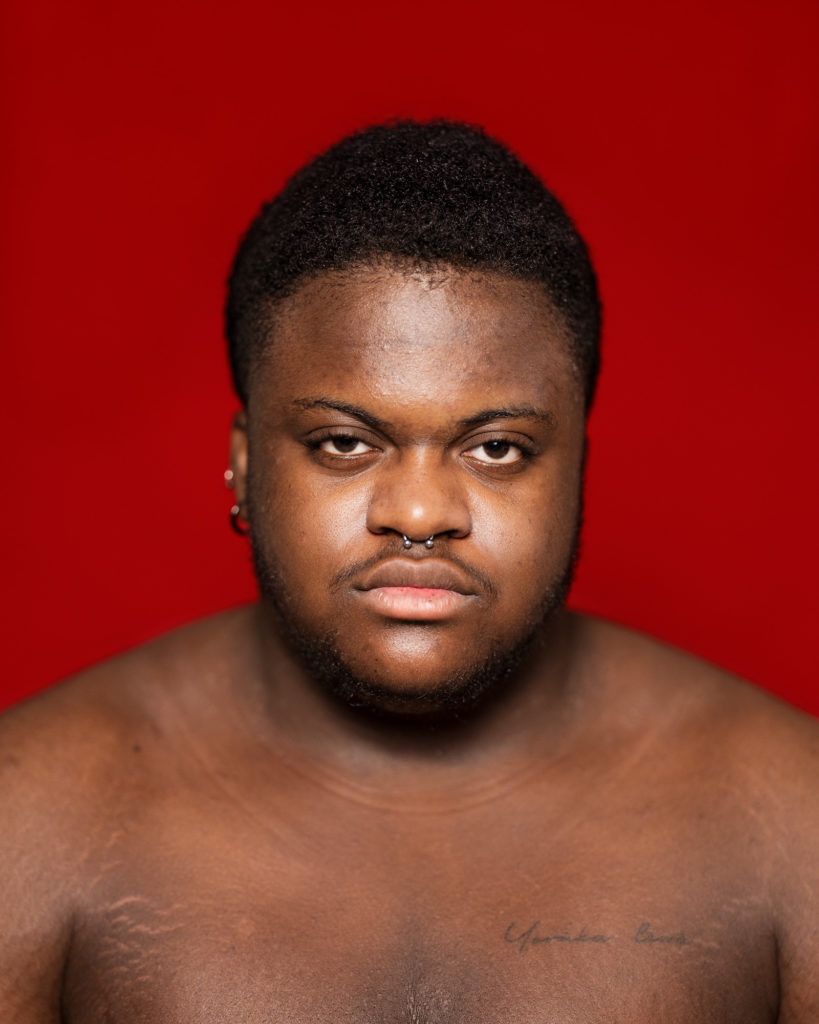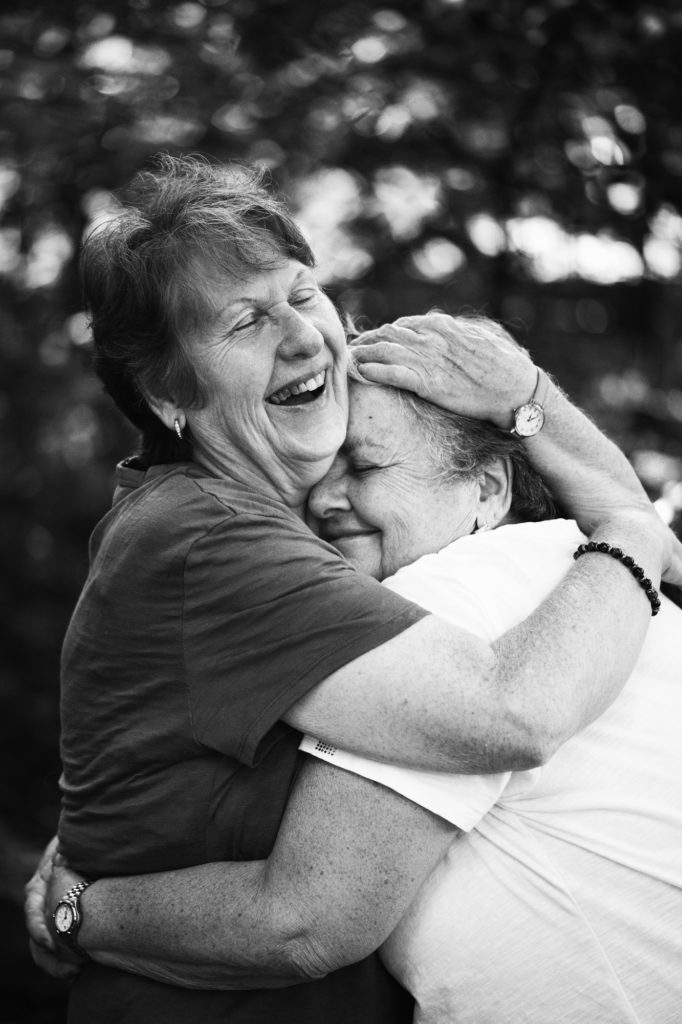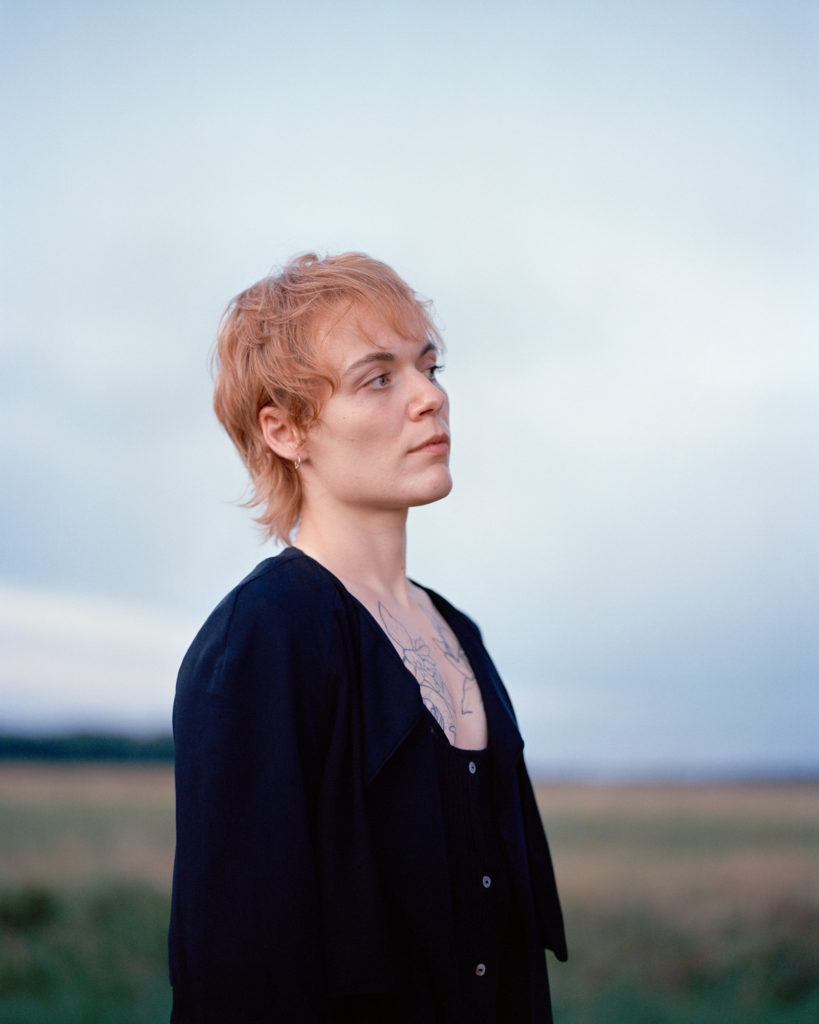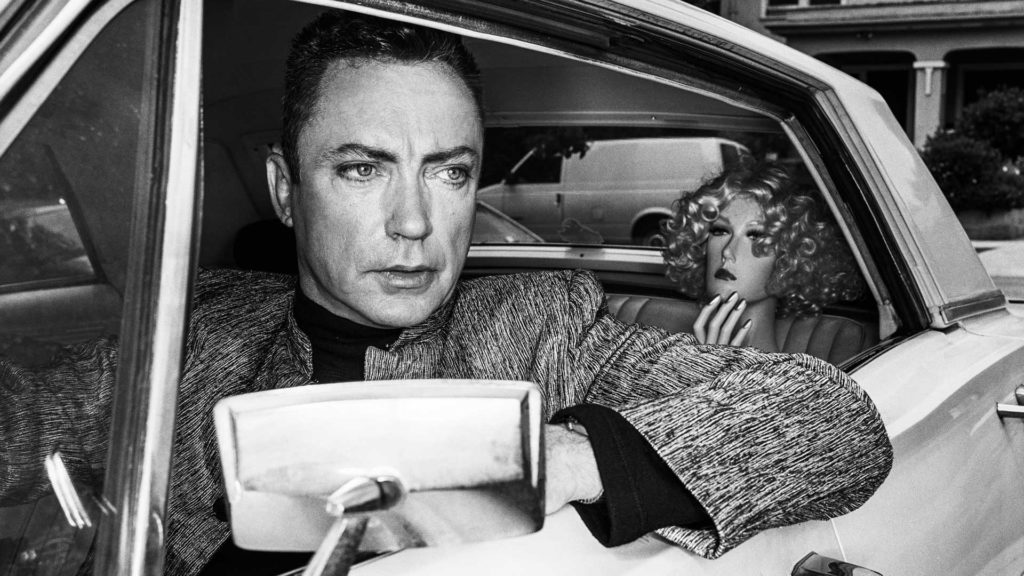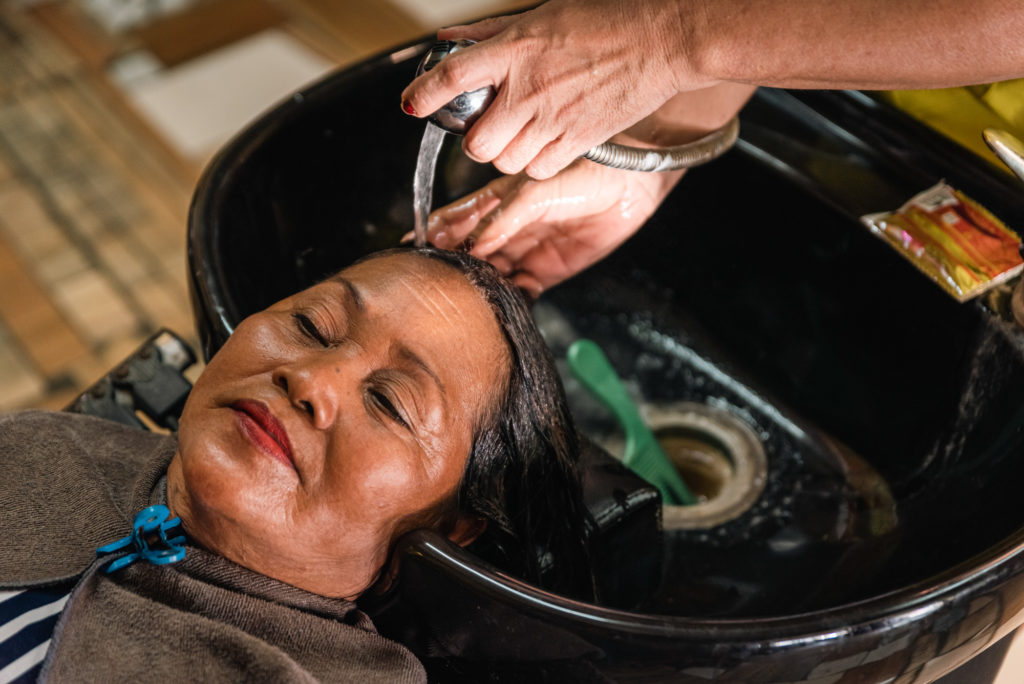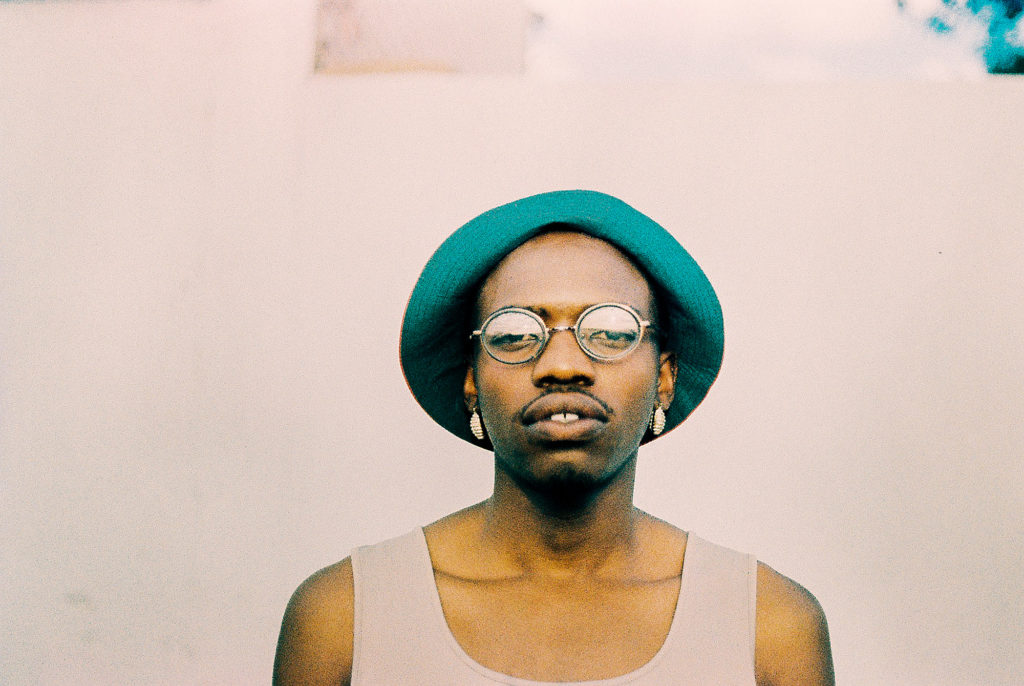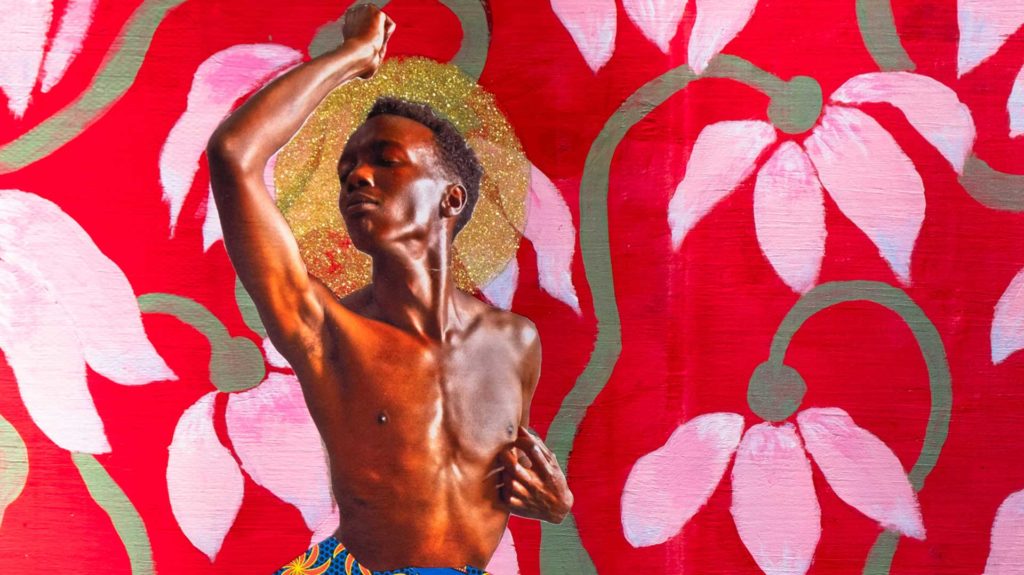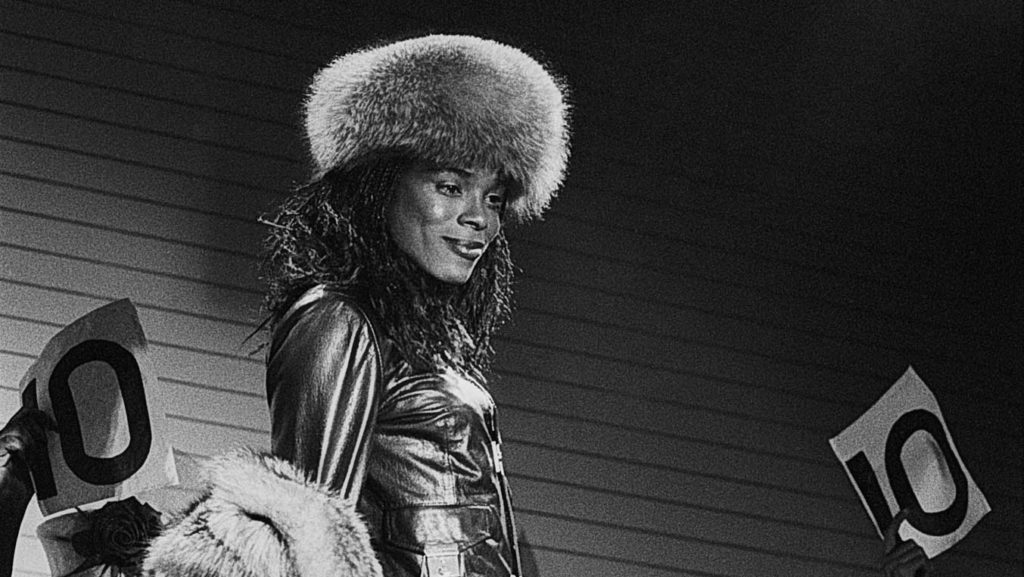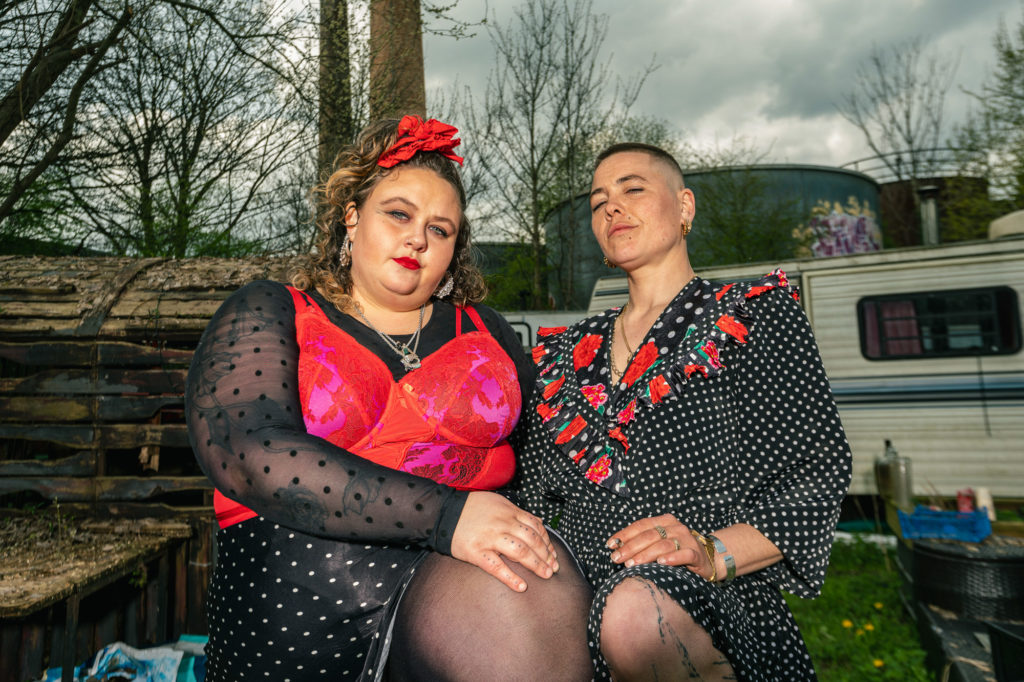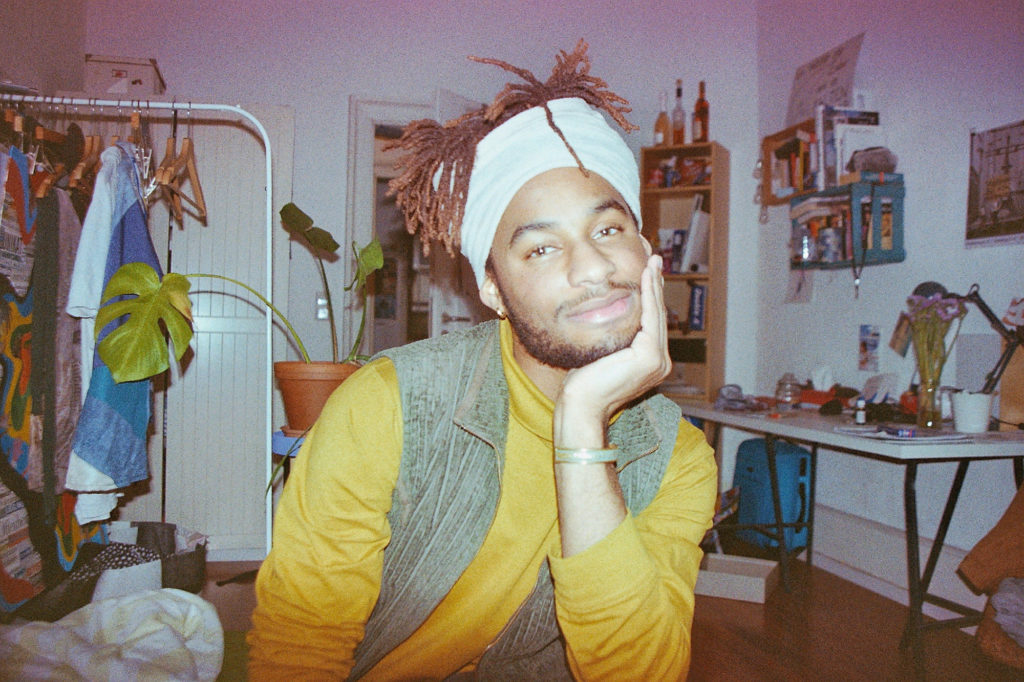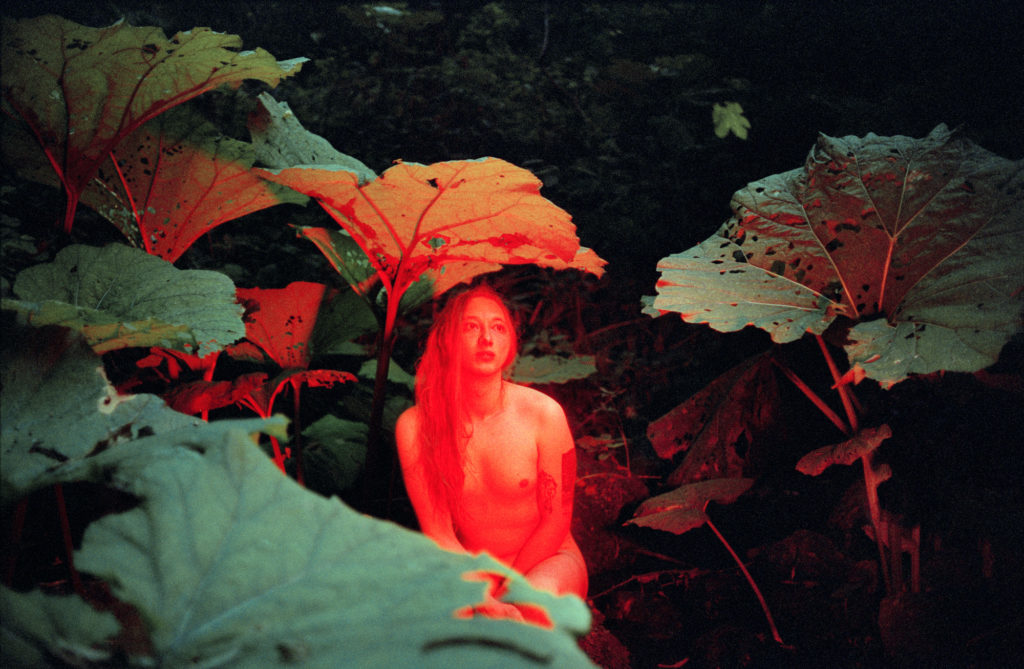JURY STATEMENT
Chantal Regnaults Serie ist ikonisch. Sie schenkt uns Held*innen, die weit über die Zeit, in der sie festgehalten wurden, hinaus wirken und auf der ganzen Welt nachwirken. Ballroom als Ort der Selbstverwirklichung, der Wahlfamilie, des Schutzes aber auch des Mutes ist held*innenhaft.
VOGUING AND THE BALLROOM SCENE OF NEW-YORK 1989–1992
Die Serie „Voguing and the Ballroom Scene of New-York 1989-1992“ ist ein unglaublich wertvolles Zeitzeugnis des queeren New Yorker Undergrounds der späten 80er und Anfang 90er Jahre. Die klassische, aber nicht kalte Schwarz-Weißfotografie unterstreicht mit den ausdrucksstarken Posen der Models das Künstlerische im menschlichen Ausdruck. Die Fotografin Chantal Regnault, selbst eine lebendige Zeitzeugin und ihrerseits Ikone der Ballroom Fotografie, hat 15 Fotografien von einem großen, weitestgehend nicht gezeigten Korpus ausgewählt, um an diese intensive, prägende Zeit in der Geschichte des Voguing und Ballroom in New York mit einem größeren Publikum zu teilen. Sie setzt dieser intimen, aufwühlenden aber auch aufschwingenden Zeit und deren Protagonist*innen ein Denkmal.
EIN RÜCKBLICK AUF DIE GESCHICHTE VON DRAG UND VOGUING DER FOTOGRAFIN
Chantal Regnault: „Im Laufe des 20. Jahrhunderts entwickelte sich in New York eine Subkultur von Drag Balls – einer Art von Beauty-Wettbewerben, bei denen die Teilnehmer in Drag auftreten – im Geheimen. Doch auch wenn diese Wettbewerbe innerhalb der Queer-Community organisiert wurden, konnten sich Schwarze Teilnehmer*innen der Diskriminierung nicht entziehen, da sie sich an weißen Schönheitsideale dominierten. Ab den 70er Jahren begannen BIPOC Teilnehmer*innen daher zunehmend, ihre eigenen Bälle mit einer Vielzahl von Kategorien zu organisieren – darunter Realness, Runway, Body, Face und Vogue Performance. Die Entwicklung der Bälle verlief parallel zum Entstehen von Houses, die von älteren Drag- und Trans-Persönlichkeiten geleitet wurden. Die Houses boten auch eine familiäre Struktur, in der die sozial schwächsten Mitglieder der Gemeinschaft, oft die jüngeren, Zuflucht, Schutz und Rat bei den älteren Müttern finden konnten. Die Häuser traten während der Bälle gegeneinander an, wobei die besten Teilnehmer von der Jury mit Preisen bedacht wurden und Trophäen gewannen, die nicht nur ihnen selbst, sondern auch ihrem Haus zu Ruhm und gesellschaftlichem Ansehen verhalfen. Das Ziel war es, einen legendären oder ikonischen Status zu erreichen.
Bis Ende der 80er Jahre fanden die Bälle in Harlem statt, hauptsächlich in der Elke Lodge. Als diese geschlossen wurde, suchte die Gemeinschaft nach neuen Räumlichkeiten in der Innenstadt und darüber hinaus in Brooklyn und New Jersey. Jenny Livingstons Film „Paris is Burning“ und Madonnas Videoclip „Vogue“ rückten die Kultur ins Rampenlicht, ebenso wie die Modeindustrie, die sich mit dem Ballroom verband, um AIDS-Benefits zu produzieren, während die Pandemie beide Welten dezimierte.
In den 90er Jahren verzweigte sich die in New York entstandene Kultur in die großen Städte der USA, und in den 2000er Jahren begann sie sich in der ganzen Welt zu verbreiten. Auch wenn sich die Situation queerer Menschen in der Mainstream-Gesellschaft seit den 1970er Jahren allgemein verbessert hat, sind die Grundprinzipien der Ballroom-Kultur wie Selbstverwirklichung, Emanzipation und das Zelebrieren der eigenen Person heute noch genauso relevant und notwendig wie vor 50 Jahren.“
BIOGRAFIE
Chantal Regnault wurde in Frankreich geboren, lebt seit 1970 in den Vereinigten Staaten und reiste seit 1979 häufig nach Haiti. Sie war zunächst Doktorandin in französischer Literatur an der New York University, bevor sie Fotografie am International Center for Photography und an der School of Visual Arts in New York studierte.
Von den späten 70er bis zu den frühen 90er Jahren konzentrierte sich ihre Arbeit vor allem auf marginalisierte Gruppen, die zu dieser Zeit in New York besonders aktiv waren. The Ballroom Scene ist ein Teil dieser Werkserie.
Im Jahr 1993 ließ sich Chantal in Port-au-Prince nieder.
Ihre Arbeiten sowohl in New York als auch in Haiti wurden in zahlreichen Zeitungen und Magazinen veröffentlicht, darunter The New York Times, The Village Voice, Liberation, Newsweek, Vanity Fair, Aperture, Geo und Photo. Chantal Regnault hat in den Vereinigten Staaten, Europa und Haiti ausgestellt und ist in den folgenden Sammlungen vertreten: UCLA Fowler Museum of Cultural History, Los Angeles; The William Benton Museum of Arts, University of Connecticut; Museum für Kunst Geschichte, Freiburg; La Maison Européenne de la Photo, Paris.
Ihr Buch „Voguing and the House Ballroom Scene of New York City 1989-92“ wurde von Soul Jazz Books, London, veröffentlicht (2011). Frau Regnault führte gemeinsam mit der haitianischen Filmemacherin Rachèle Magloire Regie bei dem preisgekrönten Dokumentarfilm „Deported“ (2012).
